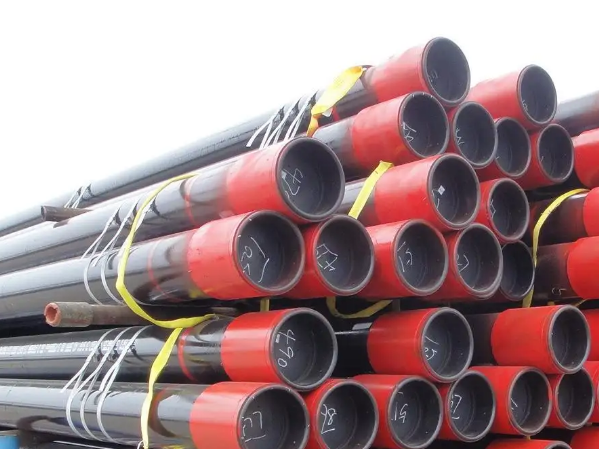
Petroleum casing can be roughly divided according to different usage methods: 1. Surface casing. 2. Intermediate casing. 3. Production of casing. 4. Drilling casing. The main purpose of surface casing is to suspend and support subsequent layers of casing through the casing head installed on the top. There is also the need to isolate the surface shallow water layer from the front complex strata to protect the drilling from contamination by the shallow water layer. Intermediate casing, or technical casing, is used to isolate layers with different formation pressures or complex formations that are prone to collapse and water leakage. Production casing is used to protect the production layer and provide a channel for transporting oil and gas from the production layer to the surface. Drilling liner is used to reduce the load on the drilling rig and the load after casing during casing and after cementing, saving casing and cement, and reducing the cost of cementing. In the use of industries and fields, oil casing has shown an important role and good performance.

Anti-corrosion of oil casing:
The anti-corrosion of oil casing is mainly divided into: 1. Apply anti-corrosion coating on the outer wall. 2. Apply anti-corrosion coating on the inner wall. 3. Apply anti-corrosion and cooling coating. With oil casing being used in the harsh oil extraction industry in polar and marine areas alike. It is required that the material and structure of oil casing must have good node properties, excellent physical properties, stable chemical properties, and a wide temperature adaptability range. If this is not possible for oil casing, it should be coated with an anti-corrosion coating. To help him cope with harsh usage environments. Applying a coating to the outer wall is used to reduce external erosion. The anti-corrosion coating on the inner wall is to reduce friction, reduce corrosion in the pipe, and increase oil transportation. The anti-corrosion insulation coating is used to transport crude oil and fuel oil and reduce the heat dissipation from the pipeline to the soil.
Go here to learn more about "Oil well casing pipe sizes"
Related information
